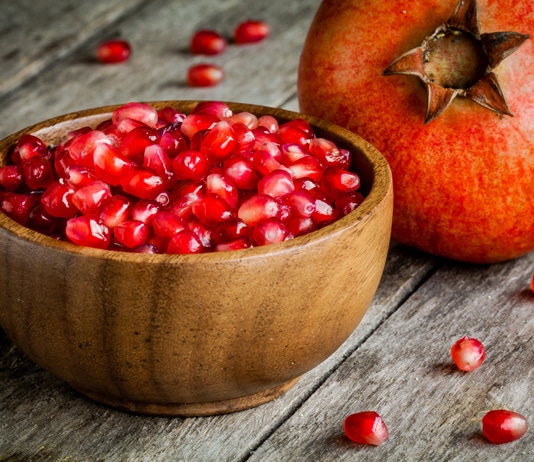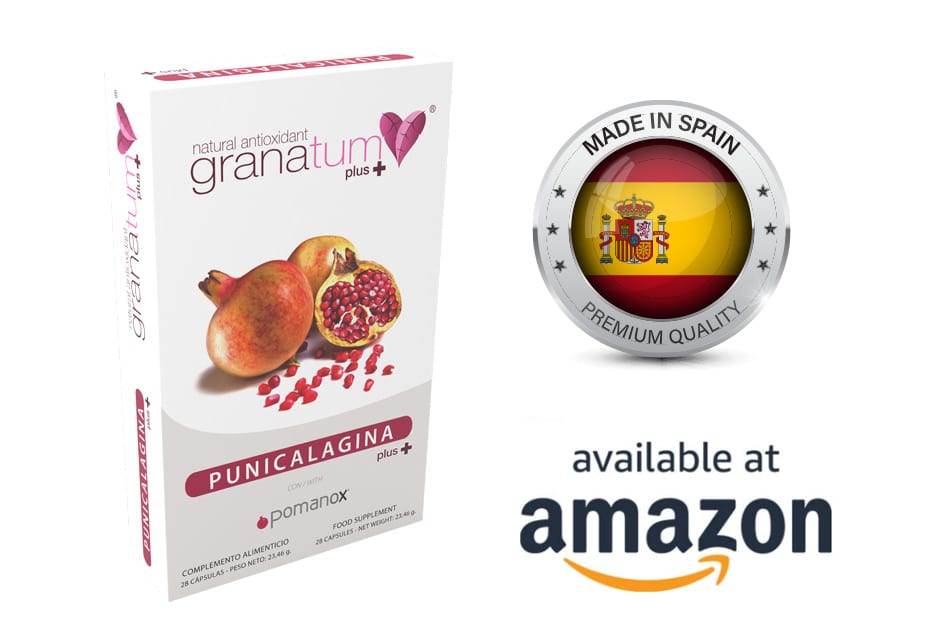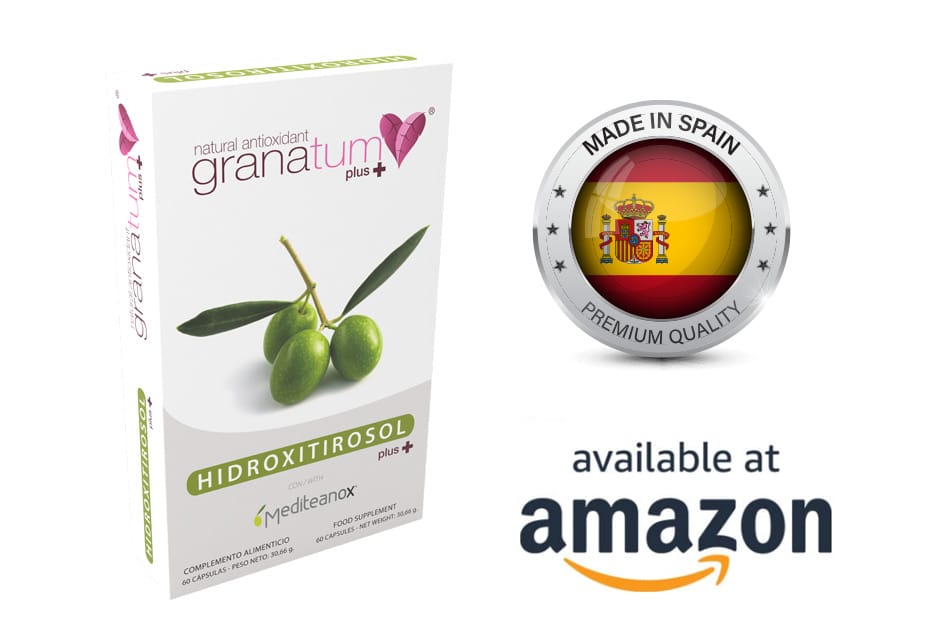
RESEARCH TITLE: Comparison of Antioxidant Properties of Pomegranate Peel Extract by Different Methods
COUNTRIES: India
CONDUCTED BY: Department of Food Engineering and Technology, Sant Longowal Institute of Engineering and Technology, (Punjab) India
PUBLISHED ON: Emirates Research Publishing
RESEACH:
Abstract
Cheaper and safer antioxidants of natural origin are the focus of research in recent times due to increased in safety concerns about synthetic antioxidants by the consumers. Pomegranate (Punica granatum L.) fruit both peel and pulp are abundant in antioxidants, the antioxidant activity in the former is greater than the latter.
The effects of three extracting solvents methanol, acetone, ethyl acetate was studied using hot percolation (Soxhlet apparatus) extraction technique. The responses were extract yield, phenolics compounds and antioxidant activity of pomegranate peel extract. DPPH assay, FRAP assay and TEAC assay were used as the standards in determination of the antioxidant capacity of the pomegranate peel extract.
Experiments revealed that all the peel extracts exhibited marked antioxidant capacity, with the methanol extract demonstrating the highest antioxidant capacity with significant difference with the other extracts (p < 0.05) and the ethyl acetate extract the lowest.
The methanol extract of peels showed 91% free radical scavenging activity at 100ppm using DPPH model systems. Similarly, the TEAC value and the FRAP value of the methanol extract were reported as 5.26 + 0.001 mM/mg extract as trolox equivalents and 756.44 + 78.4 mg FeII/g as ferrous sulphate equivalents respectively. HPLC analysis showed that presence of catechin followed by chlorogenic acid in the acetone extract of pomegranate peel while the presence of chlorogenic acid followed by caffeic acid in the methanol extract of pomegranate peel.
The overall results showed that the pomegranate peel extracts have antioxidant properties and may be exploited as biopreservatives in food applications and nutraceuticals.
Conclusions
All the extracts obtained from the peel studied here showed antioxidant capacity, although with different efficiencies.
Due to the low cost and easy availability of fruit peel, which otherwise would be discharged as waste in the environment, they should be regarded as potential nutraceutical resources. In a nutshell, the methanol extract of the pomegranate peel exhibited the strongest antioxidant activity with an ample quantity of the total phenolics.
The extracts from fruit residue hold promise in food industry as sources of bioactive compounds. In addition, an established use of the fruit residue will also help alleviate pollution problems caused because of the poor disposal of such residues.
It is however necessary to consider both environmental (waste management and protection against pollution) aspects and economical aspects (extraction profitability) before the extracts from fruit residue could be commercially exploited.
The overall results showed that the pomegranate peel extracts have antioxidant properties and more research is needed to establish bioavailability and real benefits of these extracts obtained from fruit residues in vivo.
YEAR: 2015

